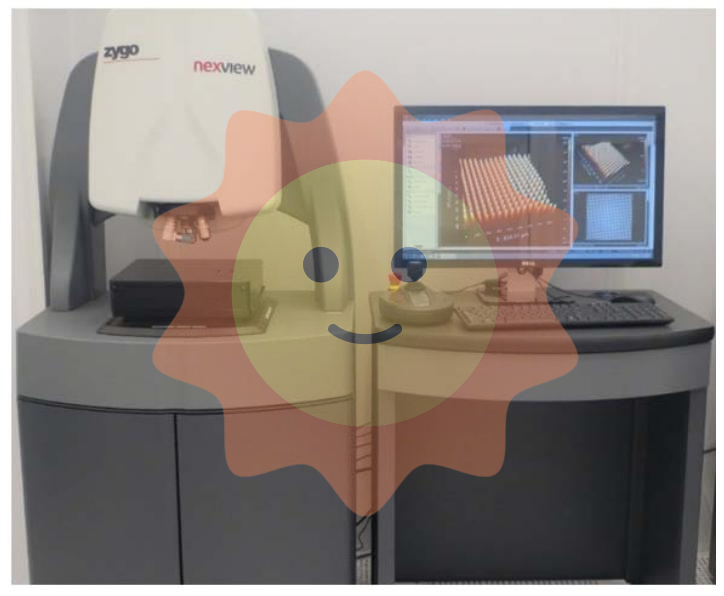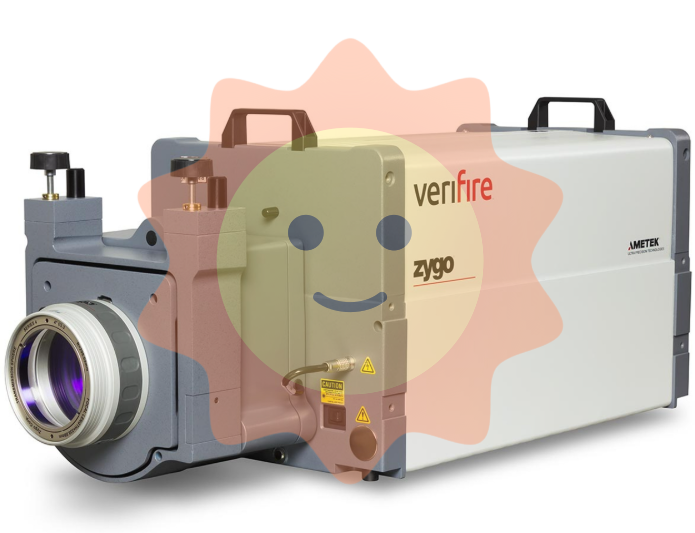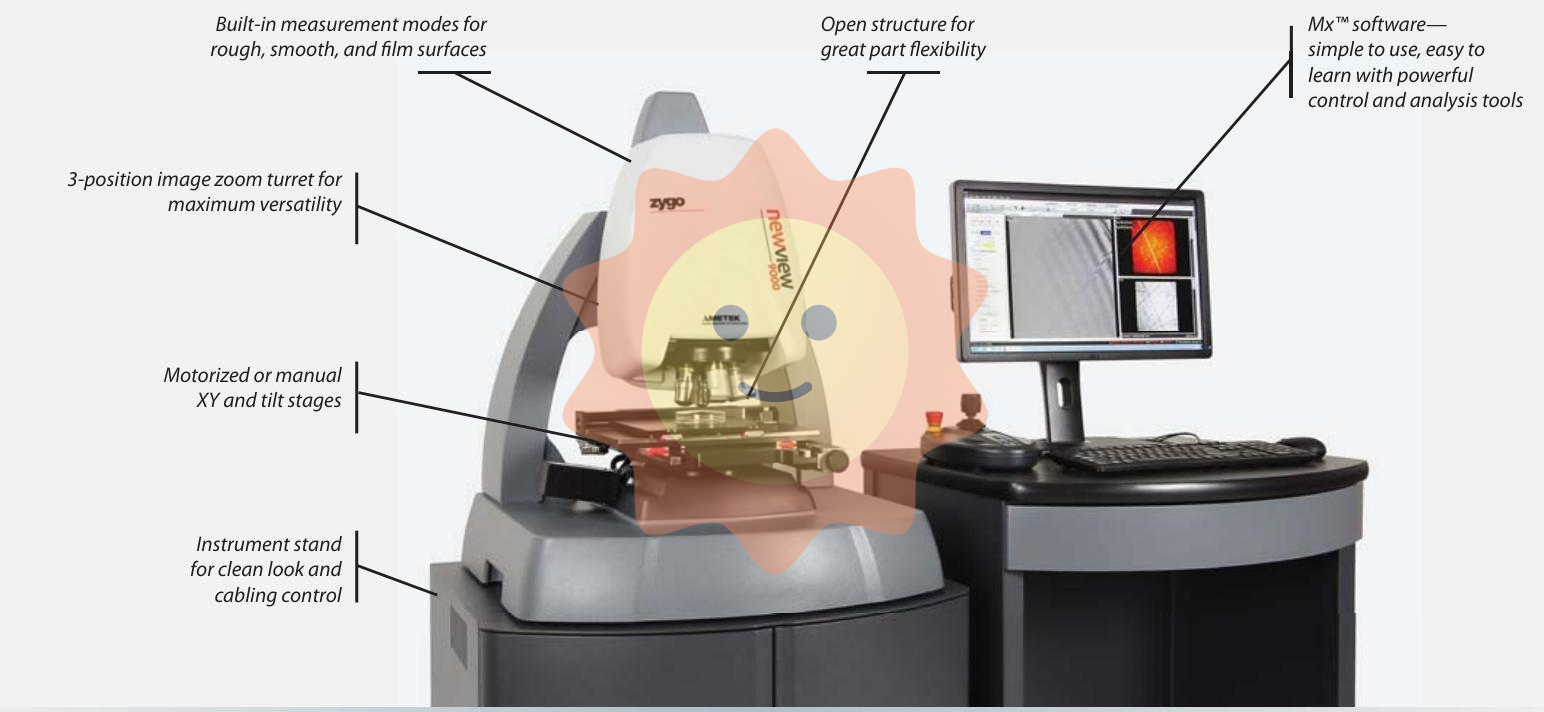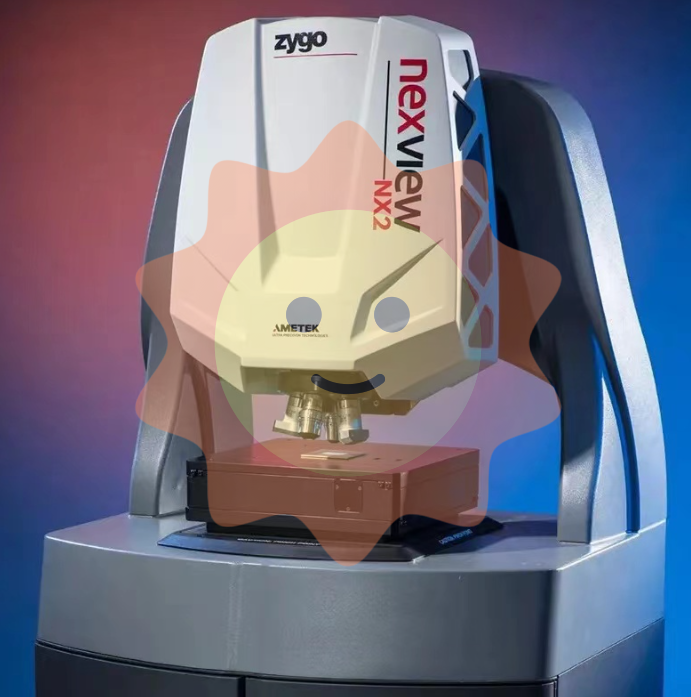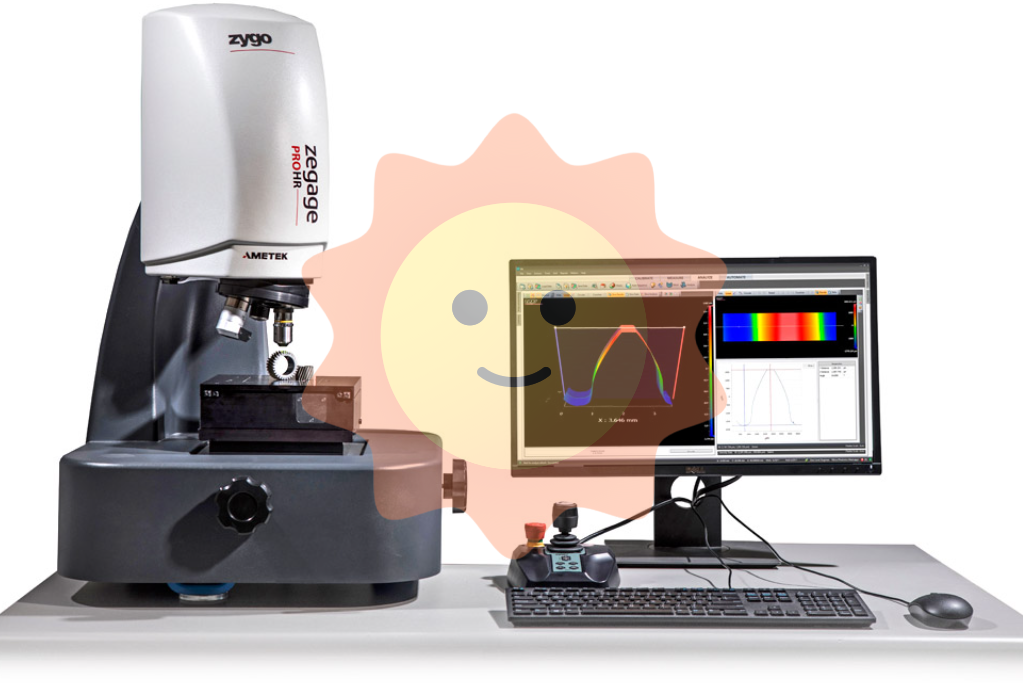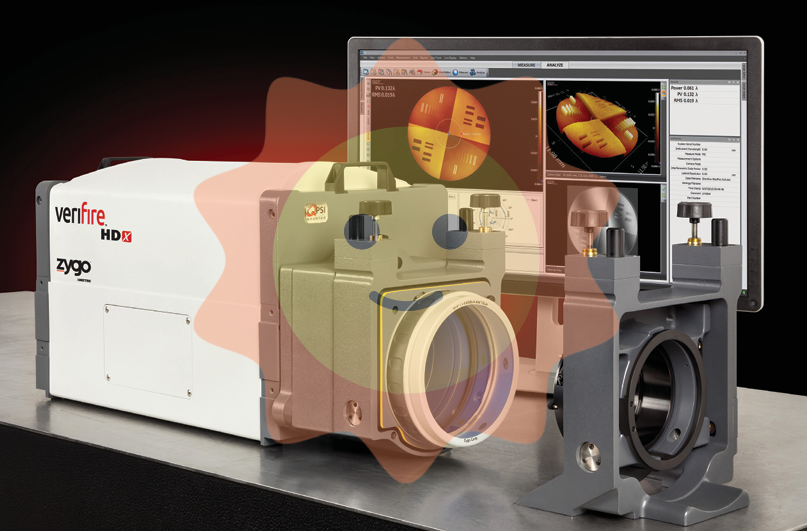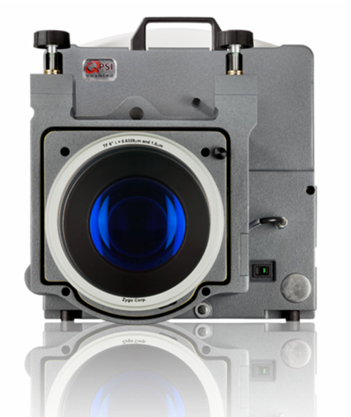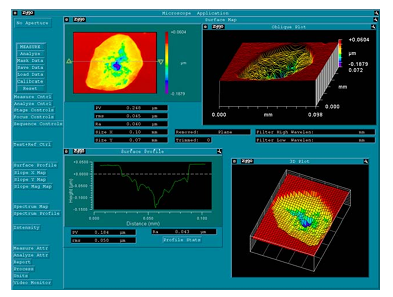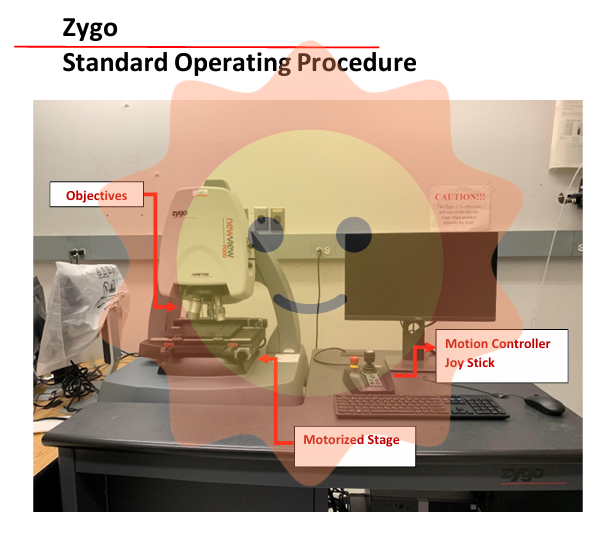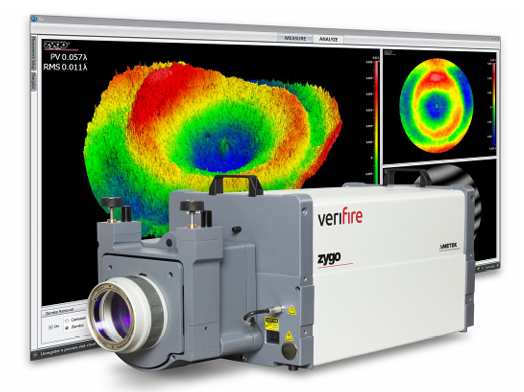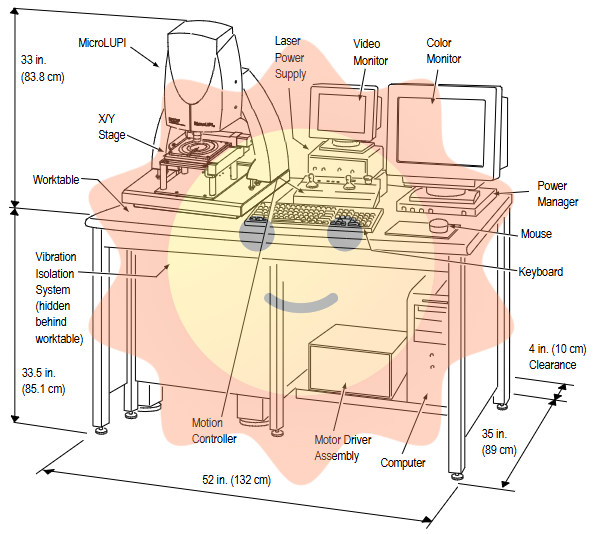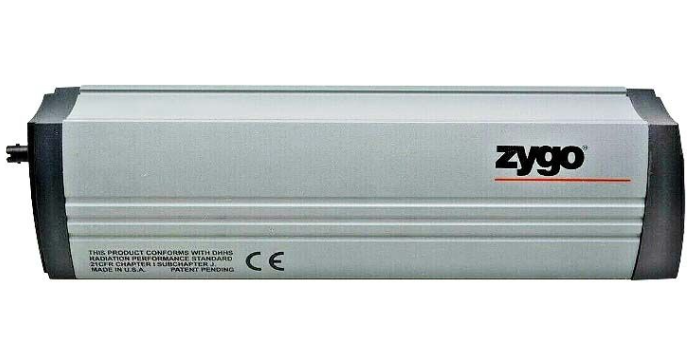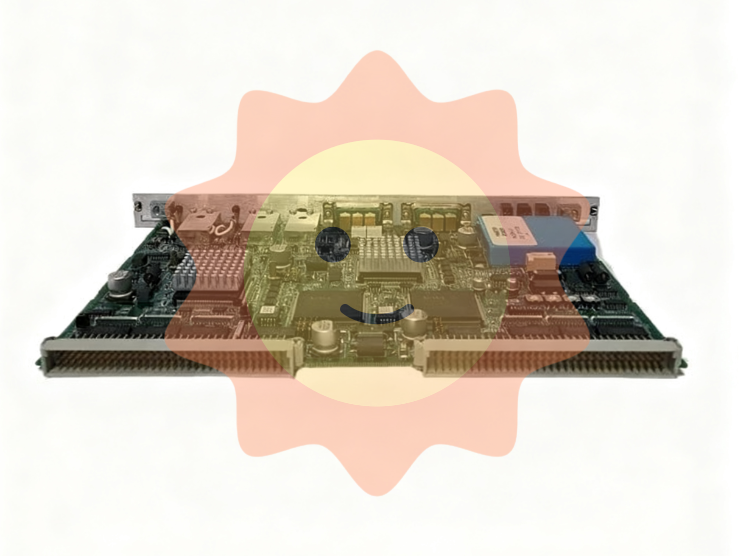ABB DSAI300A 3BSE018292R1 is an industrial I/O module controller in the ABB AC 800M control system family. It is a modular and highly reliable signal processing component, originating from Switzerland. Its core function is to serve as a "bridge" between field devices and central controllers, enabling precise acquisition, preprocessing, and transmission of analog signals in industrial fields. At the same time, it receives instructions from the central controller and provides feedback on execution status, providing stable signal interaction support for real-time monitoring and closed-loop control of industrial production processes. It is widely used in industrial scenarios that require high signal accuracy and system stability.
ABB DSAI130A 3BSE018292R1 Industrial I/O Module Controller
Core positioning and basic information
ABB DSAI300A 3BSE018292R1 is an industrial I/O module controller in the ABB AC 800M control system family. It is a modular and highly reliable signal processing component, originating from Switzerland. Its core function is to serve as a "bridge" between field devices and central controllers, enabling precise acquisition, preprocessing, and transmission of analog signals in industrial fields. At the same time, it receives instructions from the central controller and provides feedback on execution status, providing stable signal interaction support for real-time monitoring and closed-loop control of industrial production processes. It is widely used in industrial scenarios that require high signal accuracy and system stability.
Key technical specifications
Signal type
Analog input (AI)
Focused on industrial field analog signal acquisition, compatible with multiple sensor output signals
Number of input channels
8 independent analog input channels
Can simultaneously collect analog signals from 8 different devices, improving signal acquisition efficiency
Input signal range
Supports 4-20mA DC, 0-20mA DC, 0-10V DC, etc
Compatible with common analog signal types in the industrial field, suitable for various sensors such as temperature, pressure, liquid level, etc
Measurement accuracy
± 0.1% full scale (FSO)
High precision signal acquisition ensures the accuracy of data transmitted to the central controller, providing reliable basis for control decisions
Resolution
16 bits
High resolution can accurately identify small changes in signals and capture subtle parameter fluctuations in industrial processes
Power supply voltage
24VDC ±10%
Wide voltage design, adaptable to industrial power supply voltage fluctuations, enhances module anti-interference ability and environmental adaptability
Working temperature range
-40 ℃ to+70 ℃
Strong tolerance to extreme temperatures, capable of stable operation in harsh industrial environments such as severe cold and high temperatures, without the need for additional temperature control equipment
Protection level
IP20 (module body)
Suitable for installation inside control cabinets, relying on the overall protection design of the control cabinet to isolate interference such as dust and water vapor on site
Communication Protocol
Support PROFINET, MODBUS-TCP, etc
Flexible access to different industrial communication networks to achieve high-speed data exchange with central controllers and upper computers
Isolation performance
Electrical isolation between channels (250V AC)
Effectively preventing interference from different channel signals, avoiding the impact of single channel failures on the operation of the entire module, and improving system reliability
Typical application areas
Oil and gas industry
In the process of oil extraction and natural gas transportation, analog signals such as wellhead pressure, pipeline flow rate, and medium temperature can be collected and transmitted in real time to the central control system to help operation and maintenance personnel monitor production status, timely detect pipeline leaks, pressure anomalies, and ensure safe and efficient extraction and transportation processes.
Chemical industry
Used for collecting parameters such as temperature, reaction pressure, and material liquid level in chemical reaction vessels, providing accurate feedback on the reaction process status. Based on the collected signals, the central controller can adjust parameters such as heating power and feed rate to ensure that chemical reactions meet process requirements, reduce raw material waste, and lower safety risks.
Power industry
In substations and power plants, key parameters such as transformer oil temperature, bus voltage, and line current can be collected to provide data support for power system monitoring. By analyzing these signals in real-time, abnormal situations such as equipment overheating and unstable voltage can be detected in a timely manner, ensuring the stable operation of the power system and avoiding large-scale power outages.
Intelligent manufacturing field
On the automated production line, analog signals such as robot operating torque, conveyor belt speed, and production equipment vibration amplitude can be collected to achieve precise monitoring of the production process. If the signal is abnormal, it can quickly trigger an alarm and adjust the equipment operating parameters to ensure continuous and stable production of the production line and improve the product qualification rate.
Key points of installation and operation and maintenance
(1) Installation specifications
The module needs to be installed on the guide rail inside the standard industrial control cabinet, and the installation position should avoid being close to high-power equipment (such as frequency converters) to prevent electromagnetic interference; At the same time, reserve at least 3cm of heat dissipation space to avoid the module's performance being affected by overheating.
Before wiring, it is necessary to confirm that the power supply voltage is consistent with the rated voltage of the module. Power terminals and signal input terminals should be distinguished according to the terminal wiring diagram. Shielded cables should be used for analog signal lines, and the shielding layer should be grounded at one end (grounding resistance ≤ 4 Ω) to reduce the impact of external electromagnetic interference on signal acquisition.
When wiring, appropriate specifications of wires (recommended 0.5-1.5mm ²) should be used. After connecting the wires to the terminals, screws should be tightened to prevent poor contact; Avoid laying power lines and signal lines in parallel to prevent power interference with signal acquisition.
(2) Debugging and Calibration
Before the initial debugging, it is necessary to check whether the module power supply is normal (determined by the module power indicator light) and whether the wiring is correct. Connect the module using ABB specific debugging software (such as Control Builder M), read the module hardware information, and confirm that the module is communicating properly with the control system.
Calibrate each input channel by using a standard signal generator to input full-scale standard signals of 0%, 50%, and 100% (such as 4mA, 12mA, and 20mA current signals) to the channel. Observe the deviation between the collected values and the standard values through debugging software. If the deviation exceeds the allowable range, calibration and correction should be carried out in the software to ensure that the acquisition accuracy meets the standard.
Simulate on-site equipment failure scenarios (such as disconnecting sensor signal lines, inputting abnormal signals), test whether the module can accurately identify the fault state and issue alarm signals, and verify the effectiveness of the module's fault diagnosis function.
(3) Maintenance strategy
Conduct a monthly visual inspection to check the status of the module indicator lights (the power light is always on and the communication light is flashing during normal operation), whether there is oxidation or rust on the terminals, and whether the cables are damaged or loose. If any problems are found, they should be dealt with in a timely manner.
Backup module parameters every quarter through debugging software, including channel calibration parameters, communication configuration parameters, etc., to prevent parameter loss due to module failures; At the same time, check the communication status of the module, test the data transmission delay and packet loss rate. If there are any abnormalities, investigate the communication lines or network equipment.
Perform comprehensive maintenance on the module once a year, using dry compressed air to clean the dust on the surface and terminals of the module, to avoid dust accumulation affecting heat dissipation and signal transmission; Re calibrate the accuracy of the analog input channel to ensure that the module maintains high acquisition accuracy for a long time; If the module malfunctions (such as abnormal indicator lights or distorted signal acquisition), it is necessary to contact an authorized ABB service provider for repair. Disassembling the module by oneself is prohibited.

- User name Member Level Quantity Specification Purchase Date
- Satisfaction :
-









Email:wang@kongjiangauto.com

